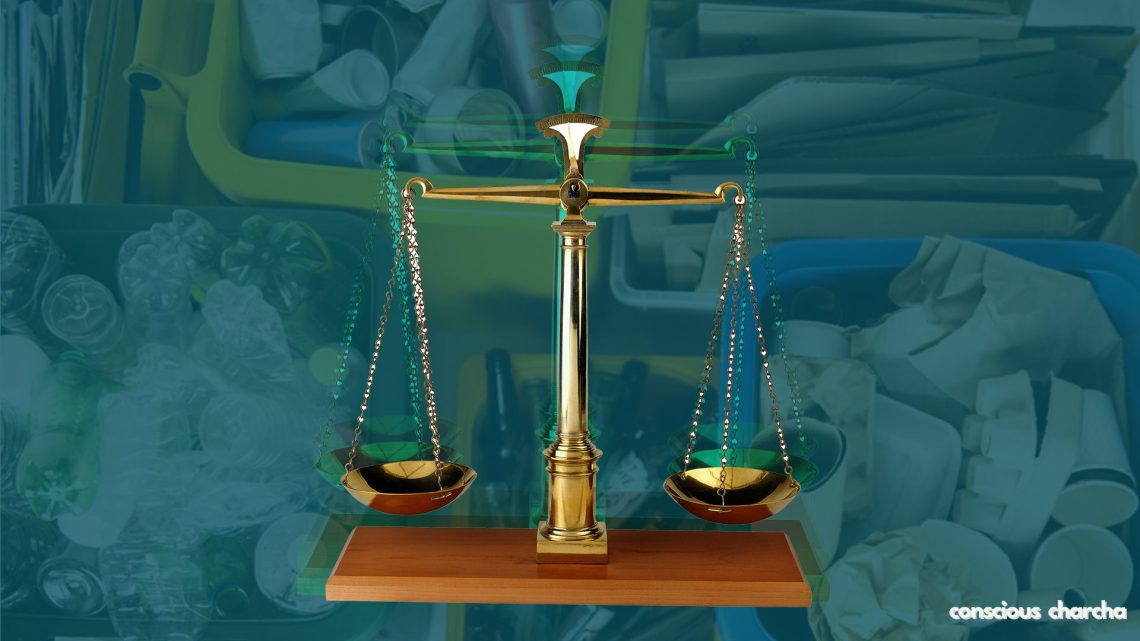
What is a waste audit and how to conduct it at home?
Understand all about waste audit and why does it matter?
As conscious consumers, we’re constantly learning or looking for new ways to reduce the waste we put into this planet. If you are new to the conscious lifestyle, then a waste audit is an excellent way to start. We believe a sustainable life isn’t about adding new things but instead finding ways to use what you already have and reduce waste. In this article, we will cover the concept by learning all about it-the what, why and how.
Table of Contents
What is a waste audit?
When you collect and analyse data on the waste you have gathered, it is called a waste audit. The goal is to recognise the materials and find alternatives that will eventually reduce the waste collected.
We have dustbins all around our house, and we religiously keep adding to it. A little more thought into the disposal of waste will not just save you money but also help your community and the planet by reducing the waste burden.
Why do a waste audit?
Urban India comprises about 377 million people who generate 62 million tonnes of municipal solid waste (MSW) each year. From the, about 43 million tonnes (70%) are collected, 11.9 million tonnes (20%) are treated and 31 million tonnes (50%) are dumped in landfill sites. Thus, the waste problem in India is growing and doing a waste audit reduces the impact of waste on the health of people, animals and the planet.
Sorting through waste will give you a better opportunity to reuse and upcycle. It will ensure that the waste does not end up adding to the growing pile of landfills. Understand the different waste types and then manage them correctly.
How to conduct a waste audit at home?
Now that we have discussed the what and why learn how it makes our lives more sustainable. Let us dive into how you can start auditing the waste you produce.
We are discussing steps to audit dry waste in this article and not food waste. Dry waste includes bottles, cans, clothing, plastic, wood, glass, metals and paper.
What you need?
Weighing scale, protective gloves and a notepad to record your findings.
Steps involved
- Sorting the waste
Start with one month’s dry waste or a considerable quantity depending on your household size. To sort, divide the waste into categories based on the different kind of materials collected. This means segregate based on paper, plastic, glass, wood, etc. - Recording the data
Once you have separated all the different materials, the next step is to weigh the waste. This is done so you can record the amount of waste generated in a month.
Each time you audit your waste, your goal must be to lower the final weight from your last audit. Once you have quantified the waste, the natural direction of this process is to find a way to reduce your waste as well. - Destination Piles
Once you have quantified the amount of waste generated further divide it based on what to do with it. This means what are the next steps for this waste. Can it be recycled, donated, upcycled or reused after repair?
Make piles labelled as – Recycle, Upcycle, Donate, Reuse etc. based on your needs. - Alternatives
After you have recognised what amount of waste is finally left, the next step would be to examine the waste. Can you swap something out of your regular list that might be more sustainable? Make that conscious choice!
This method is customisable, and you can change and add steps that you might think are necessary. You may not be able to use everything or recycle everything, so look for organisations that can help you.
You can always check the municipal department guidelines of your city on how you can help reduce and manage waste in your community.
Leave in the comments how you decided to take on your journey into a conscious lifestyle. Until then, Happy Auditing!
Ashwathi is a freelance writer and is new to conscious living. Her most prominent badge of honour is that she hasn’t shopped in two years. Check out her journey towards sustainability and how she makes the best out of what she already has on her Instagram page.





One Comment
Pingback: